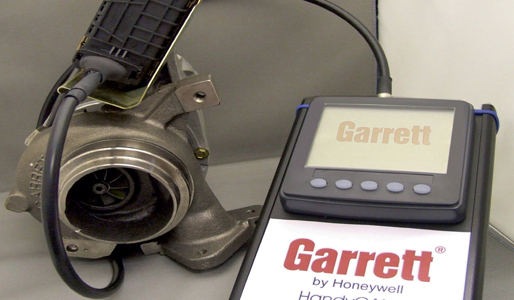
VNT turbos are fitted to most new turbocharged passenger cars and LCVs. By using moving vanes or nozzles they can alter the volume and velocity of the exhaust gas that passes through the turbo. This allows them to provide the optimum boost for almost any engine load and speed, improving both performance and economy.
Having been around for several years, VNT turbos have become highly efficient and correspondingly more complex. Much of that complexity is in the VNT turbo’s ECU and its relationship with the vehicle’s engine management system.
If you think you may have a malfunctioning VNT ECU, how do you know exactly where the problem lies?
The turbo’s ECU is generally dependable, and you don’t want to replace the turbo only to find the fault has been caused by a component in the vehicle’s engine management system.
There are two routes to checking a VNT turbo ECU: one you can use yourself, and the other supplied by BTN Turbo – a leading independent turbo distributor.
Fault tracing check
Let’s look at the check you can carry out yourself. The VNT ECU is either an REA (Rotary Electronic Actuator) or SREA (Simple Rotary Electronic Actuator). They both do the same job: controlling the movement of the turbo’s vanes. While you can’t fix the REA or SREA yourself, the checking process can help you establish whether it really is working correctly.

Accurate diagnosis by BTN Turbo
On the rare occasions this process doesn’t highlight the fault, BTN Turbo can help through the use of a clever piece of kit called the Garrett HandyCAN 3. Using this unit, the company can test the mechanical and electrical functions of the REA/SREA, confirming whether the problem really lies with the actuator or elsewhere on the vehicle.
Significant potential savings
Garrett’s research shows that up to 50% of on-vehicle diagnoses of REA/SREA can be wrong, so this smart diagnostic tool can save unnecessary, costly turbo replacement. If you’ve carried out the REA/SREA factsheet checks and found them inconclusive, BTN Turbo may be able to arrange a HandyCAN 3 diagnosis via your factor.
Because the process requires accuracy, BTN Turbo has produced a REA/SREA factsheet that explains it in full. This can be downloaded by logging on to www.btnturbo.com, choosing ‘Turbo Tech’ from the top menu, then ‘Fault Fact Sheets’ from the left of the web page.









